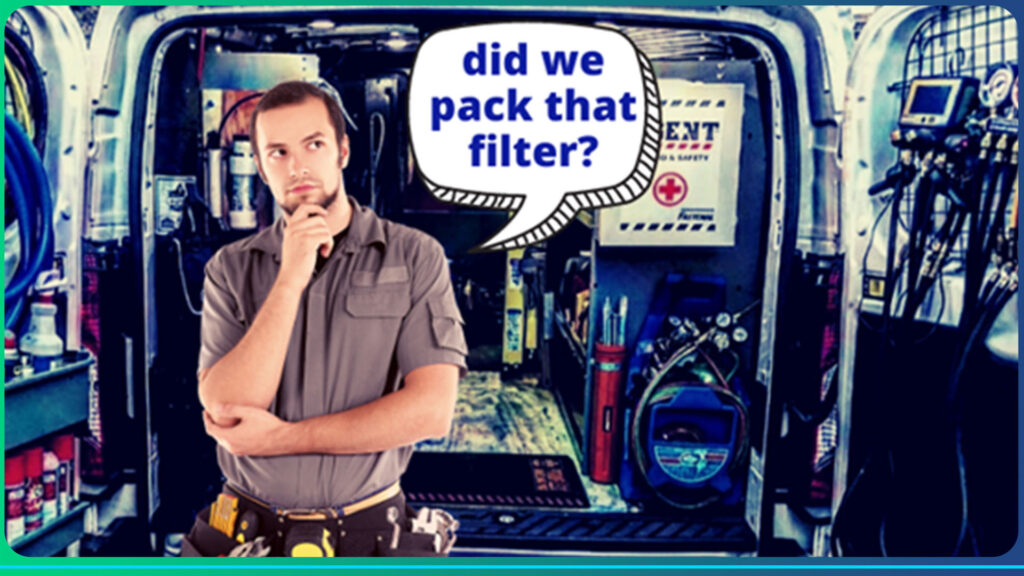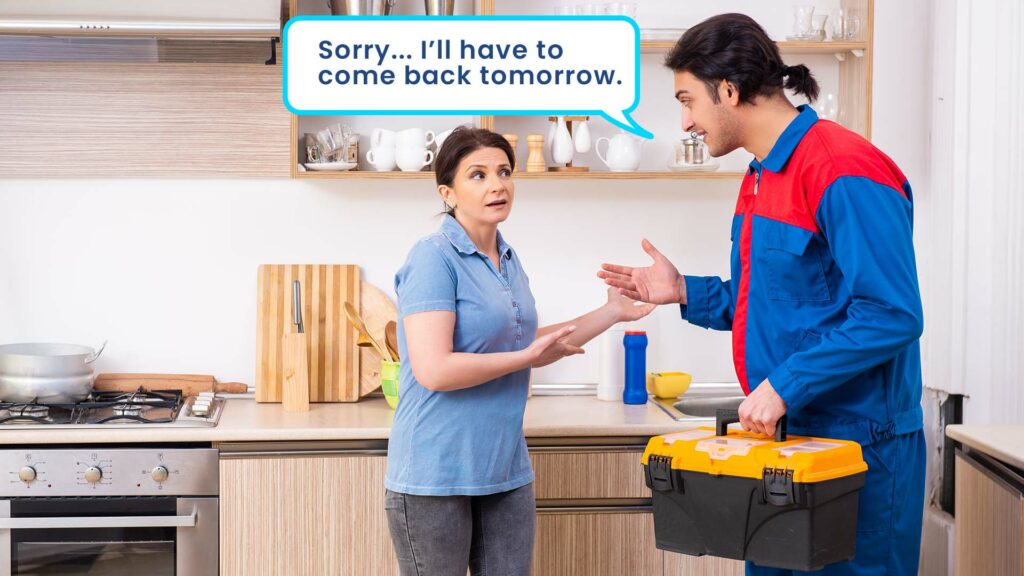Profit Fix #8: Are Your Profits Getting Gobbled Up By Multiple Truck Rolls?
Avoiding multiple truck rolls can save the company $23,000 a year

“Not again!” sighed Ken as he slammed the van door. He went to service a broken dishwasher but didn’t have the right parts to finish the job. Not only that, but he needed to order a few parts from the manufacturer who kept him on hold for 40-plus minutes the last time he placed an order. So Ken took a deep breath, dragged himself to the driver's seat, and headed to a nearby Jack In The Box—not to fix anything but to grab some curly fries and large soda to cheer himself up because it was going to take a while.
The dispatcher was notified to schedule a second truck roll.
The billing staff was notified that there would be at least two truck rolls on this invoice but one of them should be waived and credited to the client.
Sound familiar?
Then keep reading to find out all the ways we’re helping our Field Service partners reduce the number of multiple truck rolls and keep more profits in the bank every month.

I recently spoke to an executive who blew my mind with some statistics.
He said that for every one percent of multiple truck rolls, it cost him $23,000 a year.
First and as a side note, it was impressive how well he knew his numbers and had his figures down to the dollar.
Second, he had about 30 technicians.
Which means that if you have 50, 100, or 200+ techs all working at full capacity, every one percent of multiple truck rolls could be costing you SIX figures every year. And that’s just ONE percent of multiple truck rolls!
Beyond the cost, client relationships are affected as well.
“Why did you bill us two truck rolls for this fix? It’s not my problem that you didn’t have the parts in the van!”
Some of those get credited back to the client, some don’t, but it leaves a bad aftertaste regardless. And even if the multiple rolls are waived from the invoice, the client still spent days (weeks?) without their equipment working properly and probably lost more money on their end.

So why does this happen?
Here are some of the main reasons:
➤ Incomplete diagnosis of the problem before dispatching the tech
When service requests are picked up by an answering machine—the client doesn’t leave many details to diagnose if it’s a fan or a fuse.
Also when techs are answering after-hour calls, they can’t be bothered to dig too much into the issue while having dinner.
But sometimes even during the day, the dispatch team is so busy juggling so many work orders there’s no time for a proper diagnosis. It’s just “Hi... Oh, the fryer is not working... Ok, I’ll send over a tech.” and the tech is left to figure it out on-site.
➤ Sending the “wrong” tech
Tied to the last point, when there’s not enough time for proper planning and scheduling of calls, dispatchers can send the “wrong” tech to do the job. There’s nothing wrong with the tech, of course, but they often specialize in fixing a certain set of equipment or brands. So not taking this into account can cause multiple visits and a lot of wasted time and money for everyone.
➤ Not auditing the parts in the van
This is a tough one. The number of SKUs to keep in stock has grown exponentially over the past decade. Also, pre-COVID, trucks used to be full of parts. Post-COVID is another story. Everyone is trying to optimize what to keep in stock and what to order on a per-need basis.


 Keeping the lines open 24/7—with Field Service-specialized operators—who can triage service calls around the clock.
Keeping the lines open 24/7—with Field Service-specialized operators—who can triage service calls around the clock.